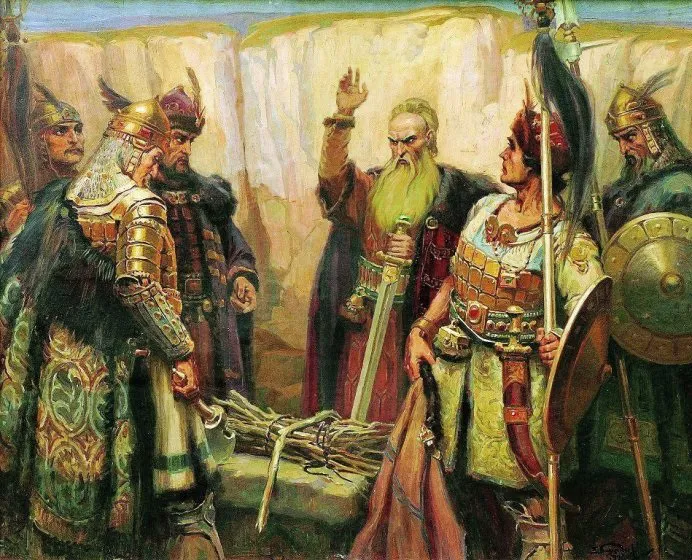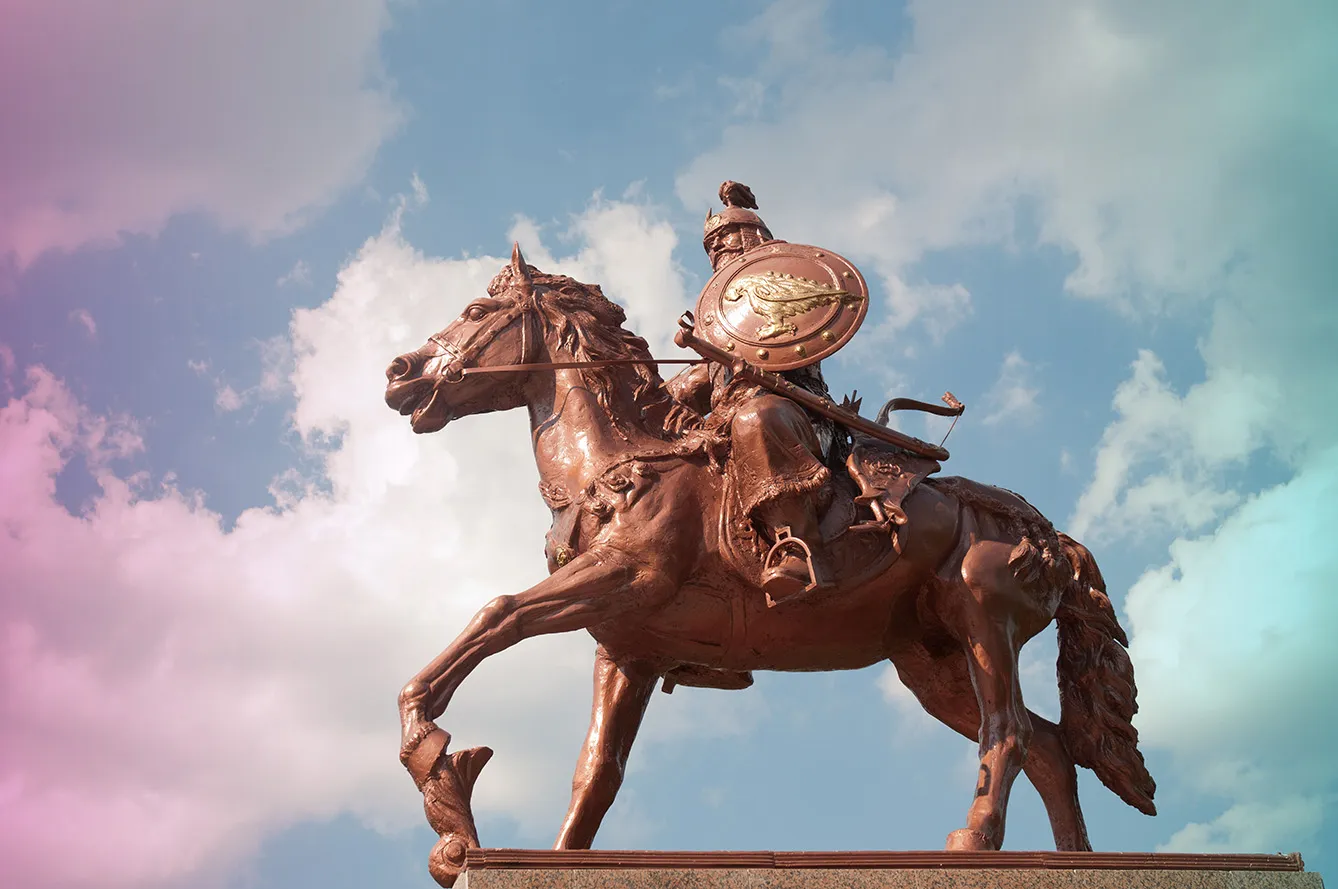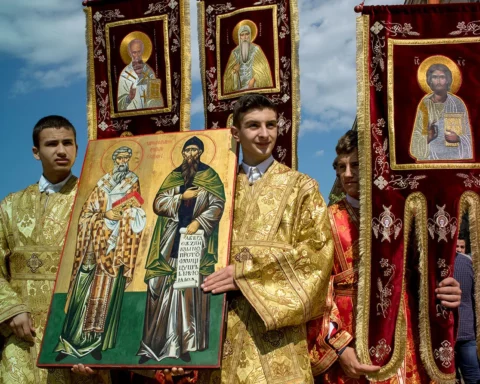History knows many countries which, through the centuries, changed the size of their territory, but two countries sharing the same name presents a more peculiar example. Enter Bulgaria, whose founders, the Bulgars, most likely came from Central Asia before merging with the local Slavic population. Interestingly enough, as they moved west, they created other states under the same name of Bulgaria. So, how many countries named Bulgaria are out there?
The Bulgarian entanglement
According to historical sources, the first state with the name Bulgaria, also known as old Great Bulgaria, was established in 632 by Khan Kubrat. The Bulgars were Turkic tribes living in the Pontic–Caspian steppe and the Volga region in the 7th century. Some research traces their roots further east, in Central Asia. It is believed that as they migrated westward, the Bulgar tribes absorbed other tribal groups, including Iranian, Finnic, and Hunnic tribes.

Kubrat’s Bulgaria covered the lands from the Caspian Sea to the border with Asia, north of the Caucasus Mountains and the Sea of Azov and Black Sea, all the way to the Carpathian Mountains. Khan Kubrat had three sons, Batbayan, Kotrak, and Asparukh, his youngest. After the death of their father, the brothers were attacked by the Khazars and failed to keep Bulgaria whole. They divided the country into three entities.
One part, known as the Black Bulgarians, submitted to the Khazar chieftains, with Batbayan remaining as their khan. Kotrak, the second son, took over the Bulgarians in the north, along the river Volga. He is credited with creating another state called Volga Bulgaria. The first capital of Volga Bulgaria was Bolgar, and later, around the 10th century, Bilär, the new capital, was founded. According to historical records, with a population of 100,000 people, the capital was the third largest at the time, after Baghdad and Constantinople.
Following the death of Khan Kubrat, Asparukh, his youngest son, settled in today’s Bulgaria. He is credited with establishing the First Bulgarian Empire in 681, with its capital, Pliska, being a sleepy town in northeastern Bulgaria today. The two countries, Asparukh’s Danube Bulgaria, and his brother’s Volga Bulgaria, existed for centuries simultaneously, sharing a name and forefathers.
The Bulgars vs Genghis Khan
The Volga Bulgars were wealthy. They controlled the trade between Europe and Asia, but war was also a big part of their lives. Over the centuries, they proved themselves to be good farmers. After reaching a prosperous status, at its height, Volga Bulgaria controlled all lands from the Caspian Sea to the Arctic Ocean. But in the 13th century, the fate of the state radically changed when a powerful army invaded it.
In one of the Volga Bulgaria’s towns, archaeologists discovered a monstrous find – traces of a fierce battle, with thousands of men, women, and children killed by arrows and left unburied. However, the belongings from their burned homes stood untouched by the invader. Scholars today still wonder why the city was not looted. From generation to generation, it was passed down that this place was ominous and had a curse upon it. Thus, for centuries, until the arrival of archaeologists, the “dead city” remained intact. As for the attackers, the end of Volga Bulgaria came with the rise of the Mongol Tatars of Genghis Khan.
Centuries later, what bonds remain between lands and people once so related? “The heirs of Volga Bulgaria are Tatarstan and Chuvashia,” tells 3Seas Europe Prof. Plamen Pavlov, a historian from St. Cyril and St. Methodius University of Veliko Tarnovo. “There is a very large diaspora of descendants of Volga Bulgaria in Russia. There is practically a movement for Bulgarian identity there.”
In today’s Tatarstan, on the border of Europe and Asia, between the Volga River and the Ural Mountains, traces of the times when Volga Bulgarians ruled these lands, with their first capital explicitly enough called Bulgar, are still present. Says Prof. Pavlov: “The people of Tatarstan and Chuvashia are our relatives. And we should have much closer relations with them. And here, Bulgaria deserves criticism. For example, Bulgaria doesn’t have a diplomatic presence in Tatarstan. And there is a prospect of strengthening these ties. There is activity on their side but not on ours.”







